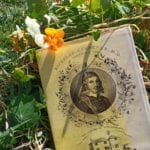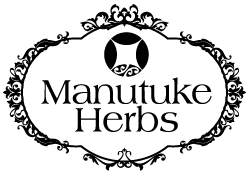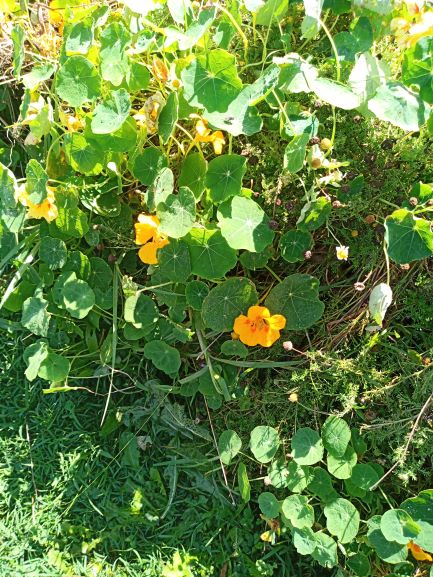Tropaeolum majus – Nasturtium 
(Annual, frost tender)
This beautiful brightly coloured flowering plant is so easy to grow, with its leaves, flowers and seeds all edible having a lovely hot flavour similar to horseradish.
I let mine take up part of a vegetable bed as nasturtium encourages bees and snails and aphids love them, so they are also considered a sacrifice plant. If placed by a tree Nasturtium will happily grow up the tree and show off it’s beautiful flowers, adding vibrancy to the dullest garden.
Traditional Medicinal uses:
- Diuretic – Studies show it useful in the treatment of hypotension. If you are on hypotensive medication you would need to seek qualified herbal practitioner advice alongside your Dr as the effects are notable on fluid reduction and therefore medication can be lowered. (Journal of Ethnopharmacology Volume 134, Issue 2, 24 March 2011, Pages 363-372)
- Expectorant – Nasturtium contains an antibiotic and is used as an expectorant to help expel sticky mucous.
An infusion of the leaves can be used to increase resistance to bacterial infections and to clear nasal passages of phlegm and help with coughs. Infusion of fresh leaves (14gm) to 568ml of boiling water taken in a 56ml dose two or three times a day is a useful remedy for bronchitis, catarrh and emphysema.Alternatively place a handful of leaves into 2 cups of vodka. Leave for 2 weeks and strain. Keep in a cool dark place and use 1 tsp to ¼ cup of water the next time you have too much mucous or add to a hand sanitizer for an extra antibacterial boost. - Antiseptic wash!!! As above leaf/vodka infusion.
- Laxative – so don’t have too much.
Other uses:
- The seeds have a high percentage of oil and when extracted can be used as a drying oil for making paints and varnish.
- An insecticide can be used by soaking the leaves in soap flakes.
- Companion planting – This little beauty acts as a sacrifice plant, attracts aphids away from your precious plants. It loves growing by cabbage, radish and fruit trees, and is thought to improve their flavour. If you have lots of aphids on your nasturtium plants, it is considered you have a lime deficiency.
- Salads – If you are considering growing a herb in your garden, you can grow this one. It’s easy, productive, and a breeze to harvest. Throw the seeds around for next year and they will pop up. Try growing in your kitchen on the bench and let it creep its way along the sill for ease when preparing salads, pick flowers and leaves and pop in.
Amanda Macrae Dip Hom.


